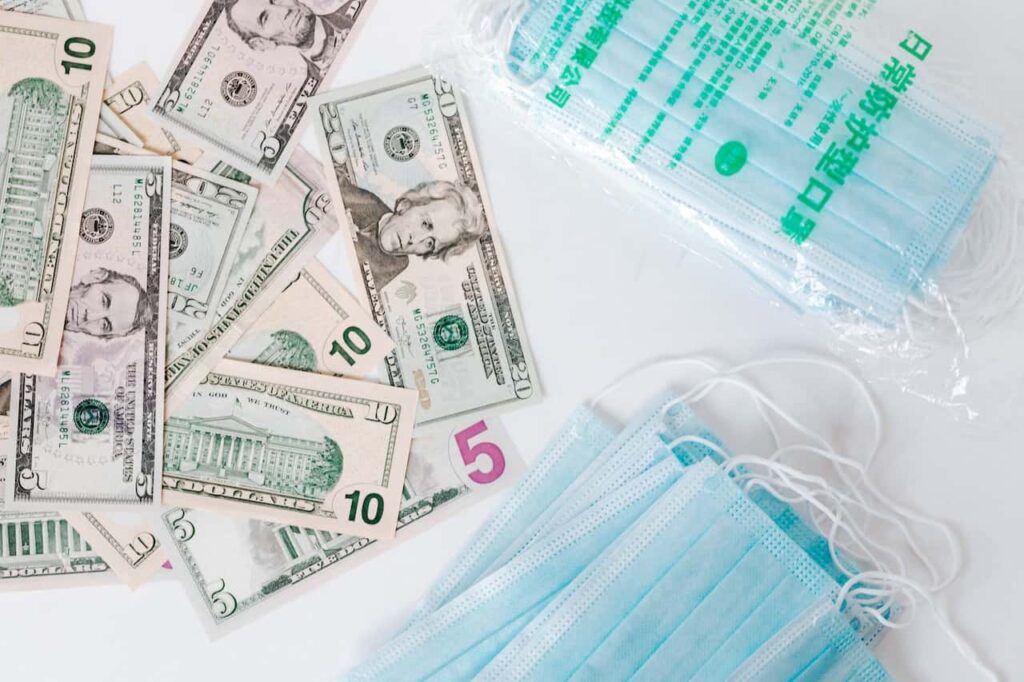
Healthcare in the United States can be a daunting puzzle, and it’s no secret that it comes with a hefty price tag. For Americans, the cost of healthcare is a significant burden, and this financial strain is driven by a complex interplay of factors. Let’s explore six key reasons why healthcare in the U.S. is so expensive:
Diverse Healthcare Systems: The American healthcare landscape is a mosaic of diverse systems, each with its own rules, funding mechanisms, enrollment processes, and out-of-pocket expenses. Whether it’s employer-based insurance, private plans, or government programs like Medicaid and Medicare, individuals must navigate this labyrinth of options. These choices include high deductible plans, managed care, and fee-for-service arrangements, each with its complexities and variables. This complexity extends to providers who must contend with numerous regulations, coding requirements, and billing procedures, making administrative costs a substantial contributor to soaring healthcare expenses. In fact, in 2021, administrative costs amounted to a staggering $1,055 per person.
Rising Drug Prices: Americans are spending nearly double on pharmaceutical drugs compared to their counterparts in other developed nations. In contrast to countries where drug prices are government-regulated based on clinical efficacy, the U.S. allows private insurers to negotiate drug costs with manufacturers. However, Medicare, which covers a significant portion of national drug expenditures, lacks the authority to negotiate prices. This lack of regulation, coupled with high drug utilization, results in Americans spending an average of $963 per person on prescription medications, compared to an average of $466 in other prosperous countries. In 2021, prescription drug spending reached a staggering $378 billion, marking a 7.8% increase from the previous year.
High Salaries for Healthcare Professionals: Salaries for medical professionals in the United States far surpass those in other industrialized nations. Family doctors in the U.S. earned an average of $235,930 in 2022, while emergency room physicians commanded an average of $310,640. American nurses also enjoy significantly higher wages compared to their international peers. These inflated salaries, while attractive to healthcare workers, contribute to the overall cost of healthcare. Strategies such as managed care plans, which involve prior authorization for specialist consultations and the use of nurse practitioners instead of family doctors, may offer some cost-saving potential.
Profit-Oriented Hospitals: Hospital care accounts for a substantial 31% of the nation’s healthcare expenditures, reaching a total of $1.3 trillion in 2021, inclusive of COVID-19 relief efforts. Inpatient services in the U.S. remain notably expensive when compared to other countries. For example, a hip replacement in the U.S. costs $28,167, far exceeding the $16,622 price tag in New Zealand. Similarly, a C-section in the U.S. costs patients $11,326, whereas in Switzerland, it’s $7,948.
Varied Healthcare Prices: The U.S. healthcare system’s complexity and the absence of standardized pricing for medical services allow providers to charge what the market can bear. The cost of the same healthcare service can vary widely depending on the payer, whether it’s private insurance or government programs like Medicare or Medicaid. Additionally, geographical location plays a significant role, with metropolitan areas like New York generally commanding higher prices compared to rural regions like Salt Lake City.
The high cost of healthcare in the United States results from a combination of factors, including a complex healthcare landscape, rising drug prices, generous salaries for healthcare professionals, profit-driven hospitals, defensive medical practices, and the absence of uniform pricing. Addressing these issues will be crucial in making healthcare more affordable and accessible for all Americans.